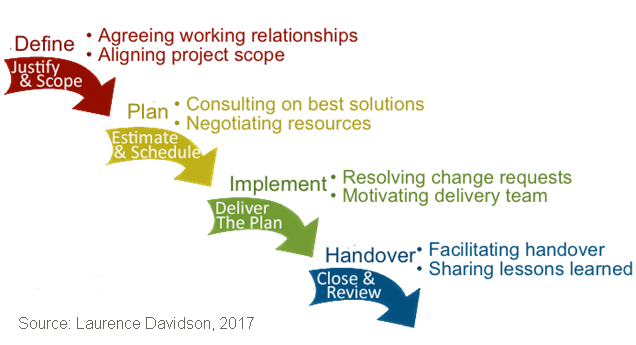STAKEHOLDER OVERVIEW
With the wide range of solutions we are proposing, there are numerous stakeholders involved with making this process successful. All will play a significant role in making biophilic design a priority across the built environment in the City of Denver and the more community involvement through social, economic, and environmental sectors will ultimately produce a more resilient city.
STAKEHOLDER OVERVIEW
With the wide range of solutions we are proposing, there are numerous stakeholders involved with making this process successful. All will play a significant role in making biophilic design a priority across the built environment in the City of Denver and the more community involvement through social, economic, and environmental sectors will ultimately produce a more resilient city.
STAKEHOLDER OVERVIEW
With the wide range of solutions we are proposing, there are numerous stakeholders involved with making this process successful. All will play a significant role in making biophilic design a priority across the built environment in the City of Denver and the more community involvement through social, economic, and environmental sectors will ultimately produce a more resilient city.
STAKEHOLDER OVERVIEW
With the wide range of solutions we are proposing, there are numerous stakeholders involved with making this process successful. All will play a significant role in making biophilic design a priority across the built environment in the City of Denver and the more community involvement through social, economic, and environmental sectors will ultimately produce a more resilient city.
STAKEHOLDER OVERVIEW
With the wide range of solutions we are proposing, there are numerous stakeholders involved with making this process successful. All will play a significant role in making biophilic design a priority across the built environment in the City of Denver and the more community involvement through social, economic, and environmental sectors will ultimately produce a more resilient city.
UNIVERSITY OFFICIALS, PROFESSORS, & STUDENTS
A major component in growing biophilic design and seeing it implemented in everyday life is through education. From an educational standpoint, the main stakeholders in our solution are University of Denver officials, professors, and students. Currently there is not an engineering or architecture school at DU and the only university in the city that offers this type of curriculum is CU Denver. By getting University officials involved, DU can begin to incorporate biophilic design into their curriculum through design and real estate courses. Professors and students will play a big role in guiding this learning structure by studying successful and efficient ways to incorporate biophilic into the built environment.
// Outcome: As with many new concepts in development, introducing Biophilic Design into a more sought out practice starts with education. Education is key for students and professionals to continue to learn, develop, and incorporate biophilic ideations into everyday practice. By getting properly educated on these ideas, students and universities will mold the ever changing development industry.
ENGINEERING, DESIGN, & CONSTRUCTION FIRMS
-Group 14 Engineering: This local firm is deeply involved and versed in sustainable building, obtaining LEED Certifications and Energy Efficiency.
-Smith Environmental and Engineering: Through their environmental and engineering consulting, the way forward would be to introduce the Biophilic Practice to them, if they aren’t already familiar with it, and they in turn could consult with their clients on its holistic approach.
-Cornerstone Homes (Builder): Sustainability is at the heart of this Builder’s mission, from the Silo community to the Geos Community in Arvada which is the first sustainable community in Colorado where no fossil fuels are burned; it is powered only by the sun and earth.
https://buildcornerstone.com/communities/#silo
We think partnering with these types of companies, helping them become aware of Biophilic Design, develop their practice professionally and create community outreach programs will be principal in integrating Biophilic Design into sustainable building. This will eventually evolve into the regenerative practice of building.
//Outcome: While it will be a slow process, coming at the challenge of integrating Biophilic Design into the Built Environment must be done simultaneously through all industries/systems. The engineering and construction firms’ working knowledge and understanding is just as important as an Architect’s or home buyer’s, for that matter. In turn, these companies can build more business, connections with their communities and be a part of the regenerative movement.
GOVERNMENT OFFICIALS, CITY PLANNERS, & DEVELOPERS
Through both private and public projects within the City of Denver, many of the stakeholders who design, develop, grow, and govern our built environment are City Planners, Local Real Estate Development Companies, and Government/ City Officials. All of these stakeholders play a critical role in how the city is shaped and continues to grow for future generations. To successfully implement biophilic design into city projects local Government Officials will establish initiatives like Denver’s Green Building Program and create guidelines in which designers and developers will look to achieve. City planners and developers such as NAVA and WSP will then choose sites and create unique design solutions in respect to Neighborhood goals and values. Working collaboratively as a team yields the most successful results throughout this process.
//Outcome: Local Government Officials are the driving factor in ensuring biophilic principles get implemented throughout new buildings. By expanding on initiatives such as the Denver Green Building Program, local government agencies will shape how planners and developers build for the future.
This figure depicts a typical city stakeholder process.
